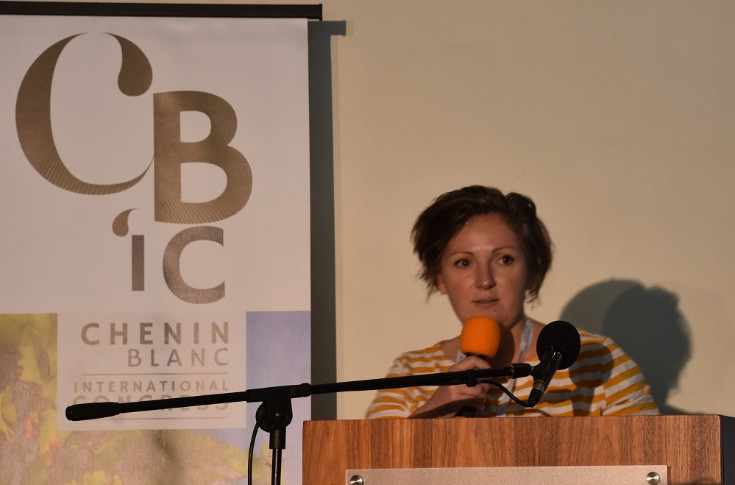Which grape varieties will produce the Provence ros├®s of the future?

he Var chamber of agriculture’s event “And tomorrow…Which varieties?” met with a rapt audience on November 18, as the organisation shared the findings of its research into adapting different varieties to climate and health issues with industry members. Ninety winegrowers discovered how 7 overseas varieties (Calabrese, Agiorgitiko, Tempranillo, Touriga Nacional, Pinotage, Zinfandel and Mavrud), 12 native varieties (Mourvaison, T├®oulier, Carignan Blanc, Grenache Blanc, Grenache Gris, Barbaroux, Clairette Ros├®e, Plant Droit, Colombaud, Counoise, Brun Fourca and Rousseli), 2 new accessions (Mourv├©dre Blanc and Mourv├©dre Gris), 25 crosses of southern grape varieties and 13 Cinsault clones performed in relation to the classic Grenache and Cinsault.
Chamber of agriculture consultant Olivier Thevenon revealed how Calabrese showed good resistance to drought on a shallow sandstone plot located in Le Cannet-des-Maures (Var). In 2022, a vintage marked by strong water and heat stress, with temperatures in excess of 40°C on three occasions, “Calabrese from Sicily developed right through to veraison, whereas Grenache came to a halt on 25 July”, he reported. Thevenon also pointed out that the variety showed well in measurements of hydric potential and that the must retained good acidity during the ros├® winemaking process.
Cl├®mence Boutfol then introduced attendees to Rousseli (or Var ros├®), which was removed from C├┤tes de Provence specifications in 1986 because it produced alcoholic wines with low acidity. “In 2012, the Var chamber of agriculture and its partners took a renewed interest in this forgotten grape variety, by seeking out old blocks in the department. Studies have shown that it copes well with climate change, paving the way for a clone to be reinstated in the official catalogue and as a secondary grape variety in the appellation in 2022”. The challenge going forward is to establish plots of mother plantations of certified plant material in Var.






